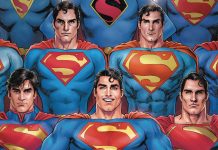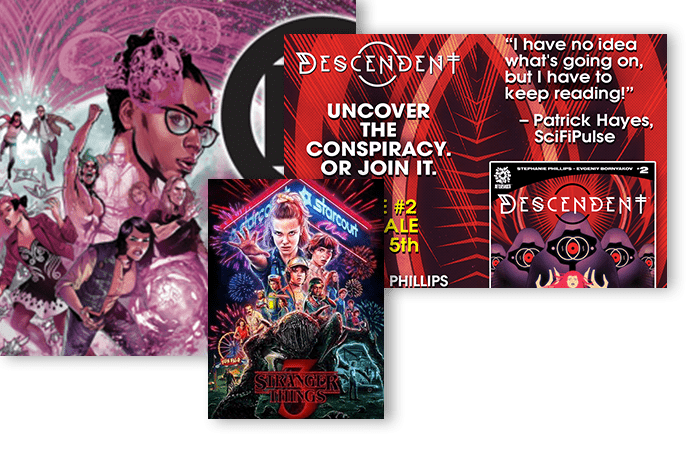THIS WEEK: Black Label presents a mature audiences retelling of how Harley met Scary in Harleen #1.
Note: the reviews below contain spoilers. If you want a quick, spoiler-free buy/pass recommendation on the comics in question, check out the bottom of the article for our final verdict.
 Harleen #1
Harleen #1
Story and Art: Stjepan Šejić
Letters: Gabriela Downie
I’m tired of Harley Quinn. There, I said it.
It seems like the psychiatrist-turned-psychopath is everywhere these days, doesn’t it? She just played a headlining role in the latest DC event book. She’s got her own solo comics title, as well as a miniseries with Poison Ivy, and has a major presence in the Black Label imprint’s White Knight book as well. Later this year she’ll star in a Year of the Villain tie-in and lead the new Suicide Squad team book. There’s even a Harley cartoon coming up as well as a Birds of Prey movie that went out of its way to cram her name in the subtitle. It’s…a lot.
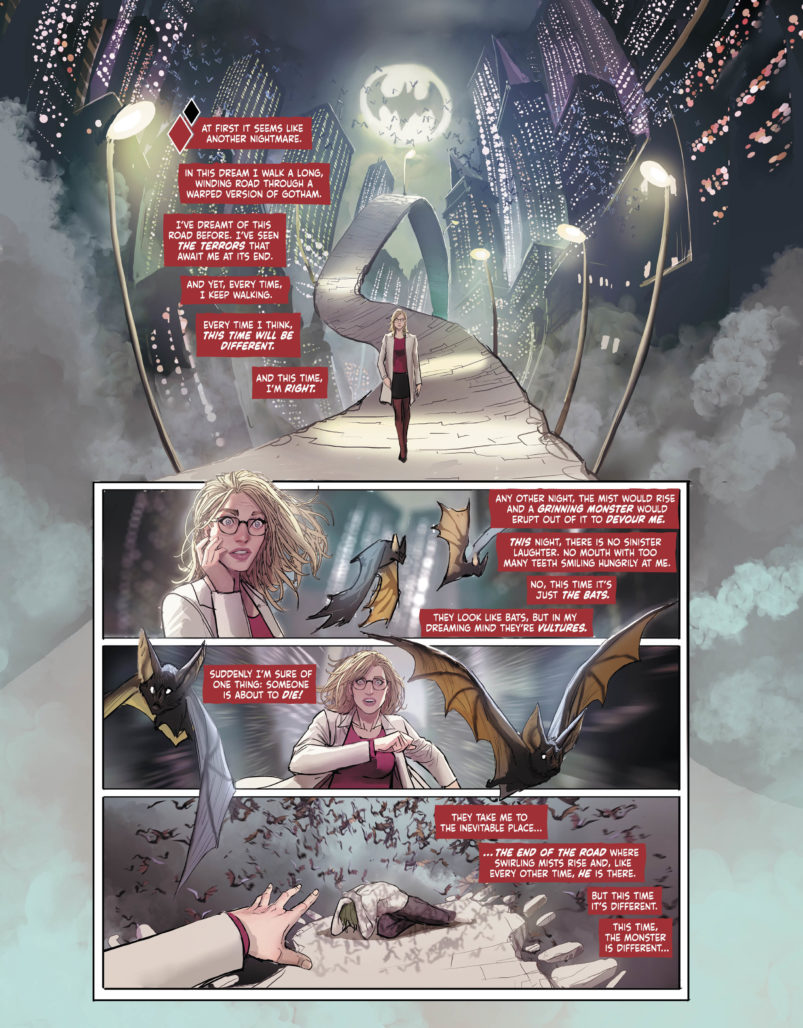
Stjepan Šejić’s Harleen doesn’t have any of these problems.
Coming across as one of the best uses of the Black Label imprint we’ve seen so far, this comic is written at a mature level — no gee whiz comics stuff. There aren’t a lot of laugh out loud moments, just plenty of demonic nightmares and disturbing brushes with psychosis. For almost sixty pages, Šejić builds tension brick by brick as a young professional Harleen Quinzel attempts to establish her career and secure the respect of her bosses and peers. It’s basically the opposite of how Harley is usually written. Thank goodness.
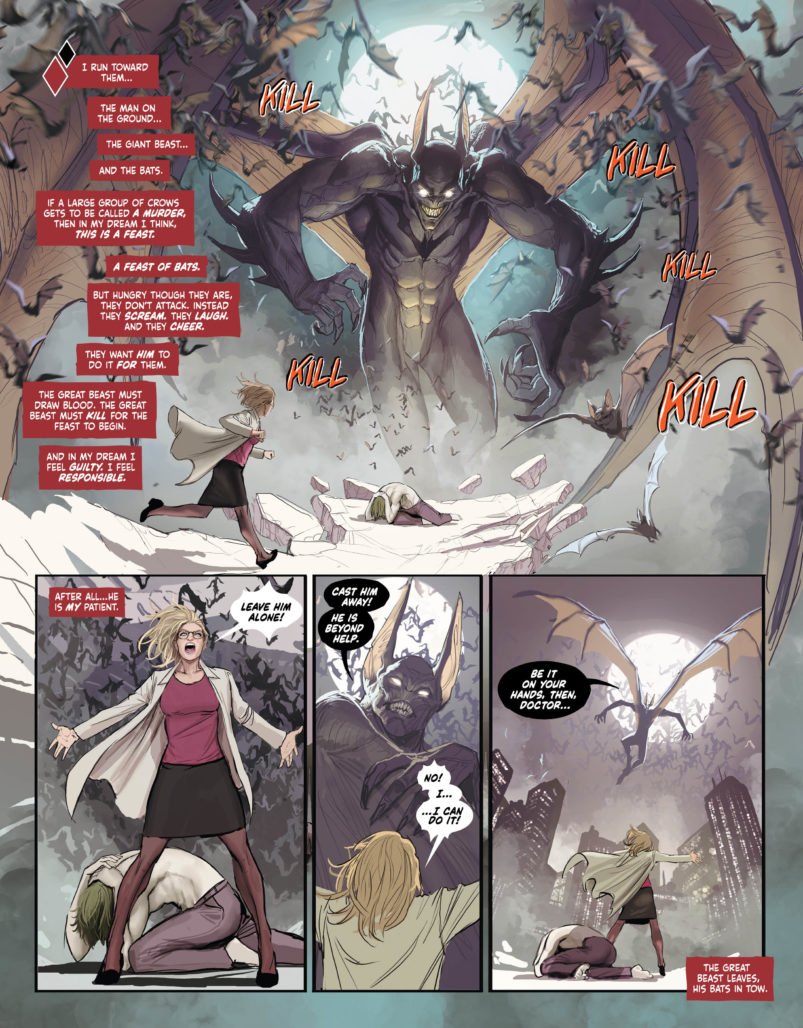
But of course Harley without the Joker is only half the fun, and “Mistah J” has a huge presence in this book. He appears in Harley’s regular nightmares and she has haunting brushes with him on the streets of Gotham before ever encountering him in a clinical setting. This first issue makes their meeting feel like a natural extension of the path that she was already on; the obvious climax of her studies of sociopathic behavior. The Joker is another character who can sometimes be portrayed as zany and absurd, sowing random chaos for no discernible reason. Here though we get a clear and satisfying philosophy from him: We are all monsters, but he is the one who lives comfortably in his monstrous reality, laughing at the rest of us while we create imaginary cages and play at civilization. He doesn’t just want to watch the world burn, he wishes to see us enlightened. While burning.
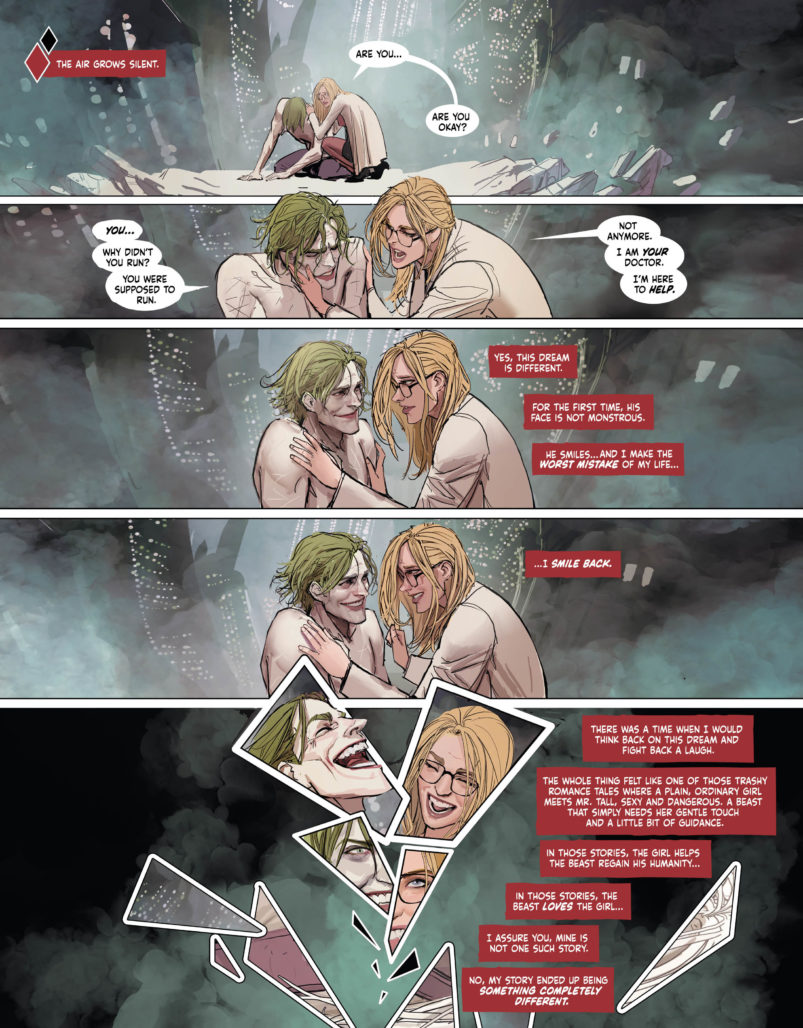
Verdict: Buy
 Justice League Dark #15
Justice League Dark #15
Writer: James Tynion IV
Pencils: Alvaro Martínez Bueno
Inks: Raul Fernandez
Colors: Brad Anderson
Letters: Rob Leigh
James Tynion was just announced as the next writer of the flagship Batman series, but he’s been steadily building out the shared DC Universe for many years now. He has written or co-written a surprising number of Justice League books, from Metal and No Justice through today. He had a hand in introducing the league’s new Hall of Justice headquarters building in Washington, D.C. and the vision for it to be a shared clubhouse between multiple teams. And then he helped create those multiple teams and fill their rosters. And then helped to break the universe open to give them a little challenge.
The point is — he’s had a not-small hand in guiding some fundamental pieces of the modern DCU. Not just characters, but major company-wide story arcs and architectural setting pieces. It’s partially because of Tynion that the source wall is broken, magic has gone off the rails, and the Batman Who Laughs is still running around biting people or whatever he’s doing. It’s also because of James Tynion and others that these days justice comes in three flavors: Vanilla, Odyssey, and Dark.
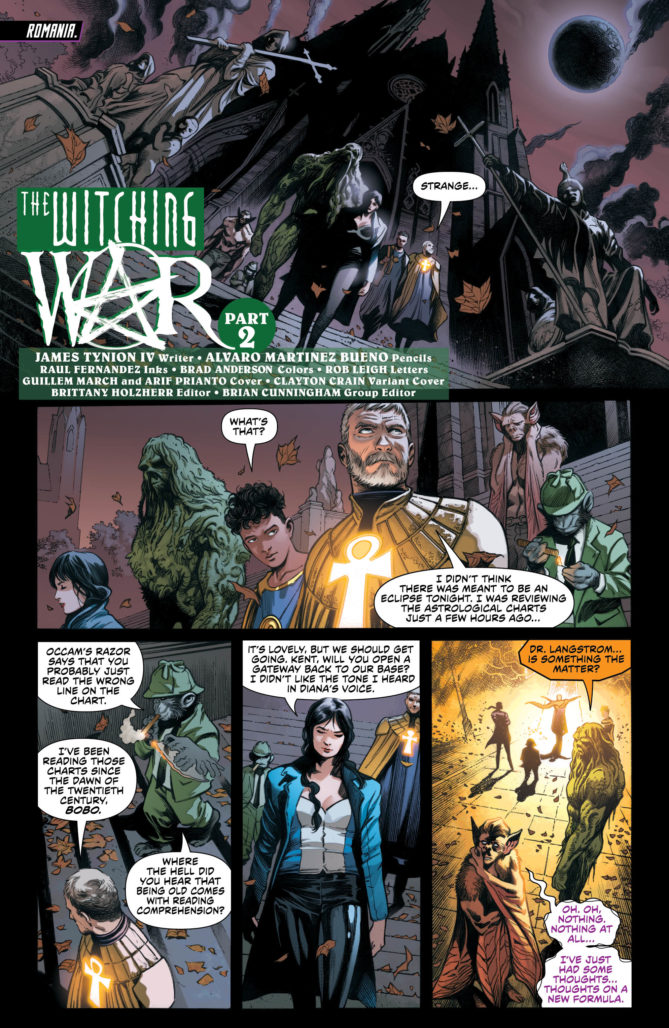
While the main Justice League title is having a fun romp down nostalgia lane with the revival of the Legion of Doom, Tynion’s been using a sneakier type of nostalgia in Justice League Dark. He’s gradually drawing in all of the DCU’s occult characters and supernatural elements into one place. These are guys like Jason Blood and Doctor Fate, who might get an occasional mini-series here or there but spend more time shelved than not. He’s brought in nearly the entire cast of Shadowpact; including its best setting element, the extra-dimensional Oblivion Bar. The chimp spends a lot of time there.
What makes this book work is the balance of characters. Half of the team is the sorcerer type, like Constantine or Zatanna, having some connection to a magical source. The other half are the horror crowd; including monsters like Swamp Thing or Man-Bat, and supernaturals like Deadman or Zauriel. They’re not really the same kind of characters but they work so well together to set a tone of eldritch creepiness and otherworldly high stakes.

In many ways, this book sits in a corner apart from the rest of the DCU. Another reason it’s working so well. You could reboot the entire universe and leave this part pretty much like it is now. Constantine will always be moping around in the background and Swamp Thing will come rough you up if you step on the wrong flower. You’ll go to Madame Xanadu for ominous warnings, Detective Chimp for a listening ear, and Phantom Stranger for stories about the old days. It just works. This mystical network of occult practitioners and delvers of dark terrors is likely one of those DCU building blocks that will be around for a long time.
Verdict: Buy
Miss any of our earlier reviews? Check out our full archive!
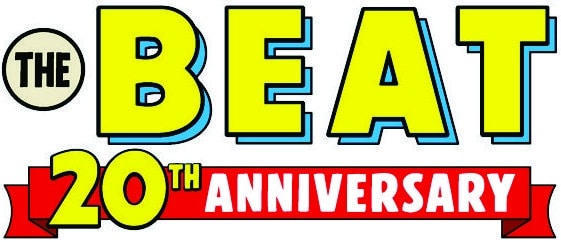

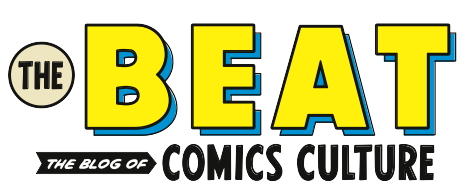
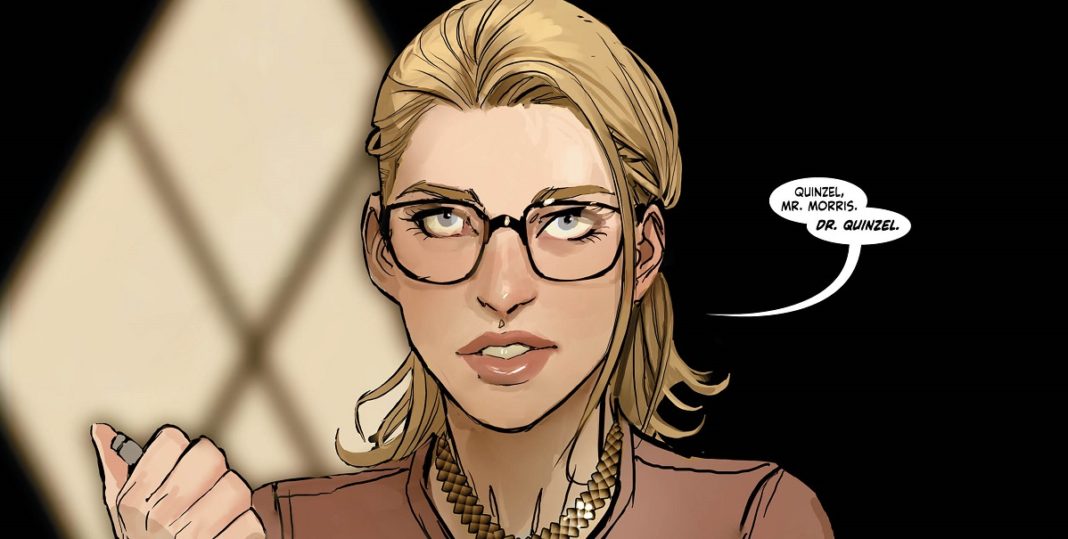
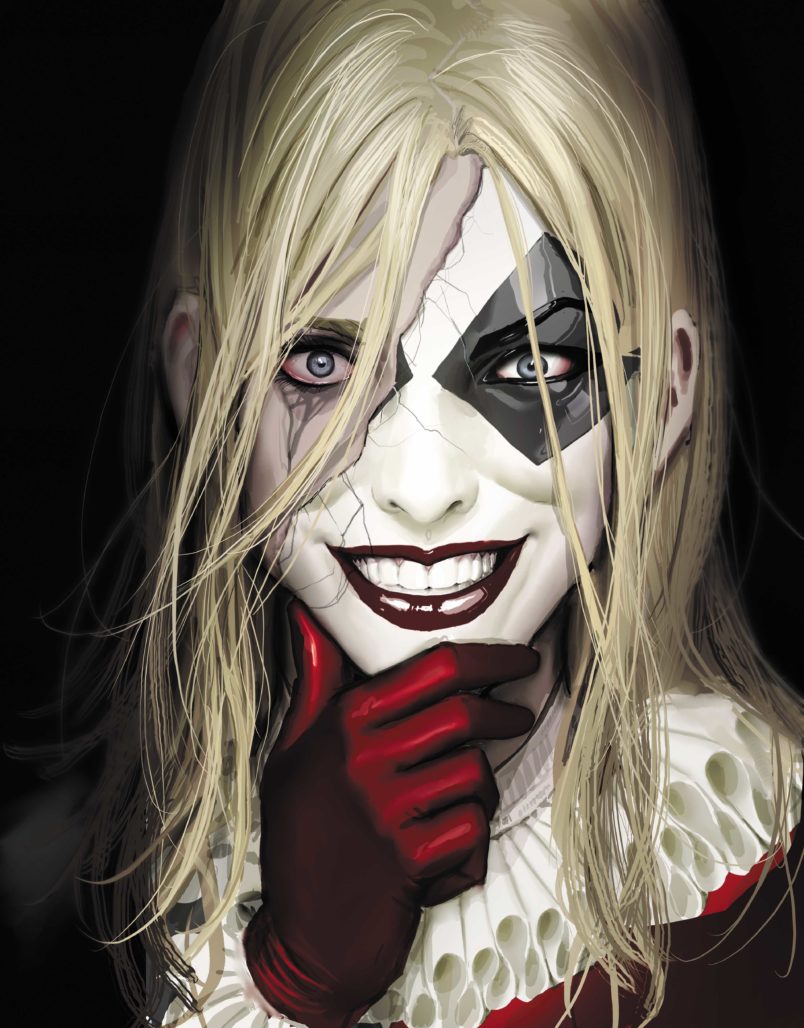 Harleen #1
Harleen #1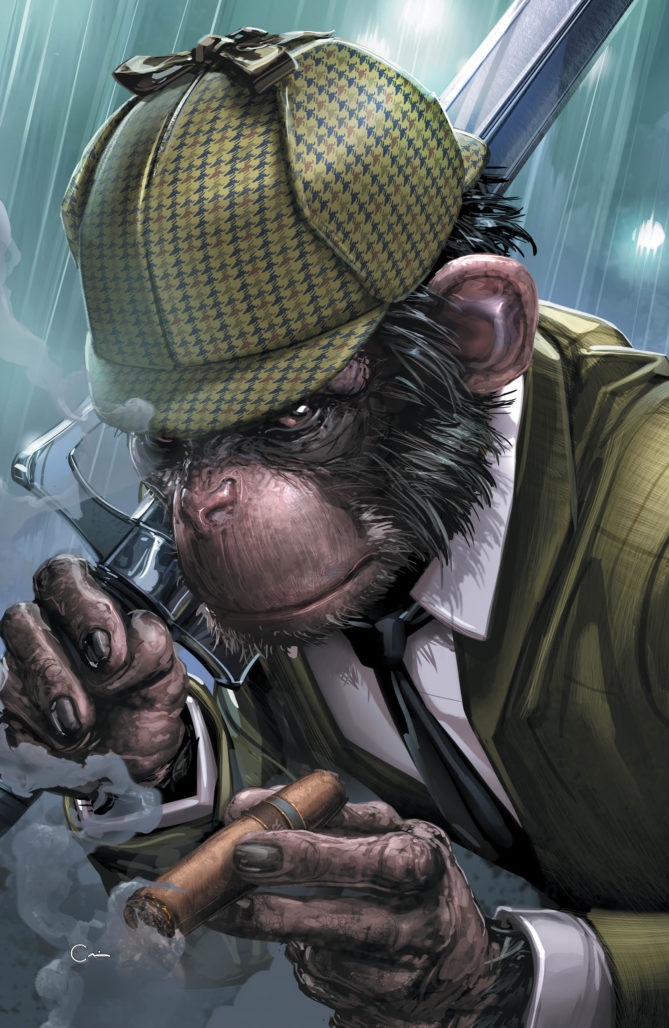 Justice League Dark #15
Justice League Dark #15
